Cryolys Evolution
|
The ball crusher (Cryolys Evolution) is a system for the homogenization of tissues. Equipped with a cooling module, it prevents heat-sensitive samples from degrading under the effect of heat during the homogenization process. This device requires dry ice if the cooling module is used, and can maintain a temperature between 0°C and 10°C. These conditions are ideal for working on heat-sensitive molecules in their native state such as active RNA, ssRNA, metabolites, enzymes, proteins while achieving high yield extraction. It allows homogenization in 2mL or 7mL tubes.
|
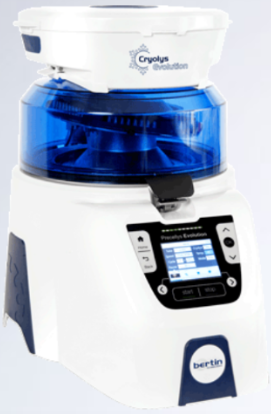
|
Contact : Nathalie Chèvre
TOP ^
Daphnids test
|
We culture mainly Daphnia magna and pulex. The incubator is a coolstore with temperature and light regulation that allow daphnids cultures (0°-60°C, light cycles, 1350 L).
|

|
Contact : Nathalie Chèvre
TOP ^
Grain sizer (lab 1239)
|
The Beckmann Coulter grain sizer uses the principle of laser diffraction to measure particles between 0.01 um and 2 mm. one module of dispersion is connected : which allows wet samples to be analyzed, and an autosampler for 36 samples. This equipment is used to study soils, sediments, artificial sands, etc.
|
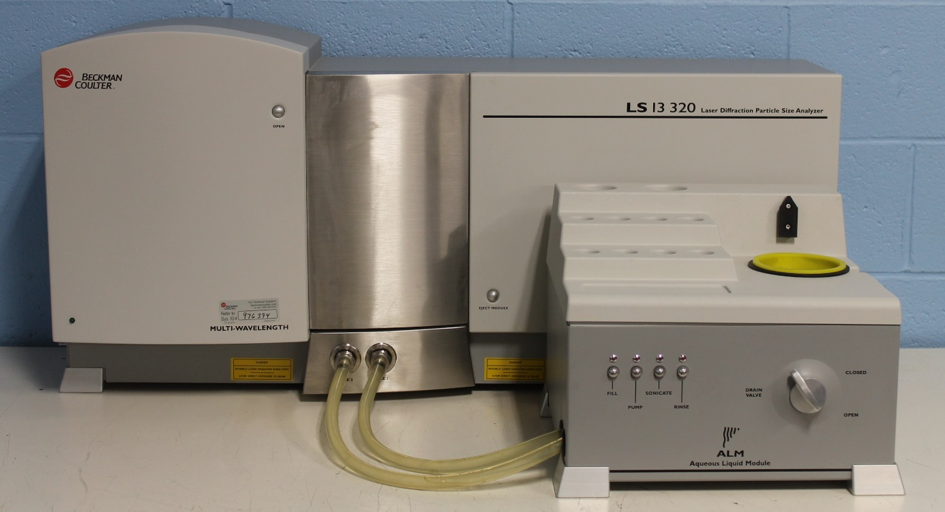 |
Click here to see the disponibilities and use the contact to book an appointment.
VERY IMPORTANT : be sure you know how to handle the device. If not, notify the person in charge in your email.
Contact : Laetitia Monbaron; Micaela Faria
TOP ^
Microplate agitator
|
Designed for simultaneous heating and mixing of many sample types, the MS-100 can be supplied with different kinds of interchangeable blocks supporting various microtube and tube formats. Mixing, heating and cooling modes can be used either simultaneously or independently.
It can heat up to 100°C ± 0.5°C quite quickly, it goes from 25°C to 100°C in 12 minutes maximum, moreover it has a timer going from 1min to 99h59min to maintain agitation and heating on the long term. The agitation goes from 200 to 1500 rpm.
|
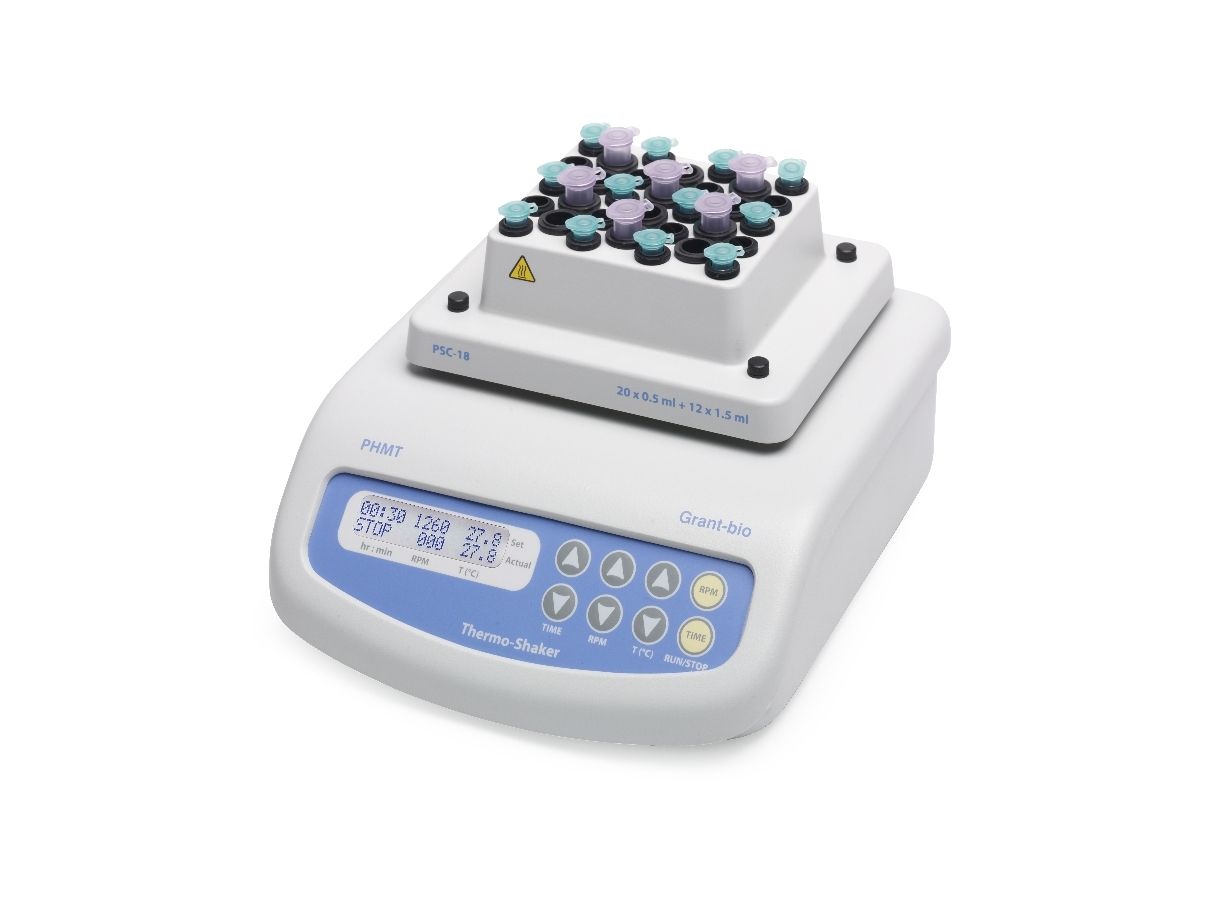 |
Contact : Nathalie Chèvre
TOP ^
Ion chromatography (lab 1235)
|
The Metrohm ion chromatography measures major anions and cations present in water samples: F-, Cl-, NO2-, Br-, NO3-, SO42-, PO43-, Li+, Na+, NH4+, K+, Mg2+ and Ca2+. Samples are injected into an ion-exchange column that separates the ions according to their retention times. A conductivity meter detects the concentrations of ions eluted from the column. The instrument is equipped with an auto-sampler that can accommodate 150 samples. About 30-35 minutes are required to analyze each sample. A minimum sample volume of 20ml is needed; the detection limit is approximately 0.1 mg L-1; the instrument gives a linear response over a range of 0.1 – 500 ppm. Samples must also be diluted to a total conductivity of 500 µS. Water samples MUST be filtered to remove particulate matter and organic matter.
Additional information in the pdf below.
|
 |
Contact : Laetitia Monbaron; Micaela Faria
TOP ^
Perkin Elmer Frontier MIR NIR and Spotlight (lab 1131)
|
The Frontier MIR-NIR from Perkin Elmer is an Infra-Red Spectrometer working in the near and mid infrared spectra. It allows organic matter (functional groups associated with samples) and minerals (such as clay minerals) to be studied and characterized, either in the solid state or in solution. Three system sets are available, the Universal Attenuated Transmitted Reflectance (UATR-FTIR) with a diamond crystal, a system for KBr pellet analysis in transmission, as well as a DRIFT (Diffuse Reflectance) system.
|
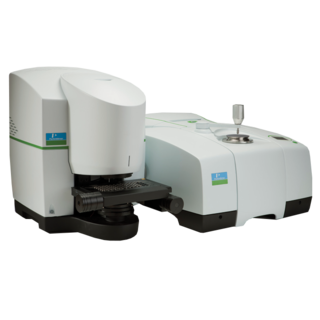 |
Contact : Laetitia Monbaron
TOP ^
SmartChem 200 AMS Alliance (lab 1239)
|
The SmartChem is an automatic sequential analyzer. It can analyze numerous parameters such as chlorides, nitrates, nitrites, phosphates, sulfate but also the pH, conductivity, redox. It’s an analytical solution for drinking water, wastewater, soil and other environmental samples.
|
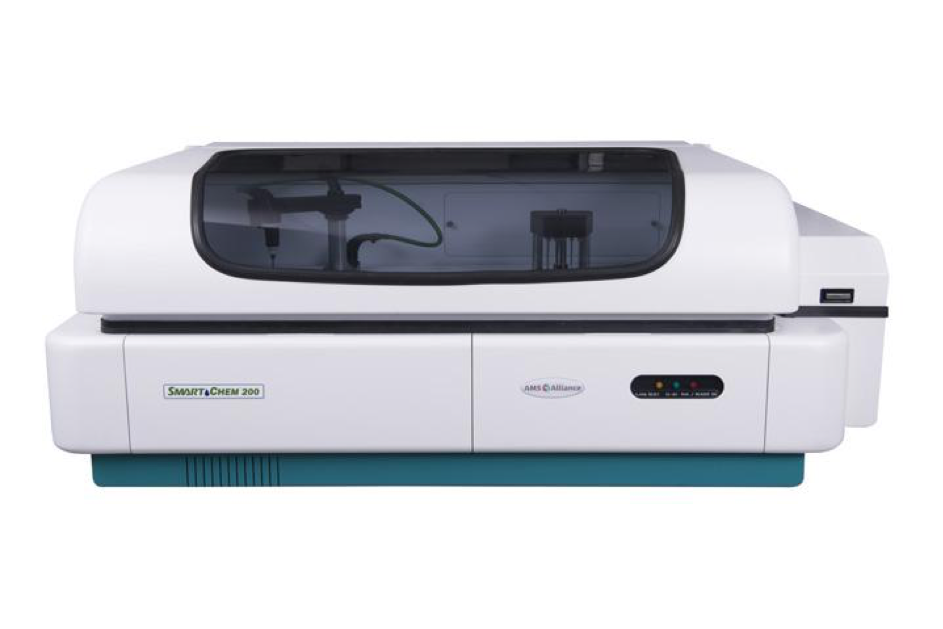 |
Contact : Laetitia Monbaron; Micaela Faria
TOP ^
Agilent ICP-OES 5900 (lab 1235)
|
This instrument allows for simultaneous elemental analysis (up to 20 elements). Measurements are made by introduction of an aqueous sample into a high-temperature (8000°C) argon plasma. The instrument is equipped with an auto-sampler that can accommodate 240 samples. About 90 seconds are required to analyze each sample. A minimum sample volume of 3 - 5 ml is needed. The detection limit is around 0.5 µM, but depends on the element(s) being analyzed and the sample matrix. Samples MUST be filtered to remove all particles and acidified prior to analysis. Samples must be diluted to have a total dissolved solids concentration of < 2 % TDS.
|
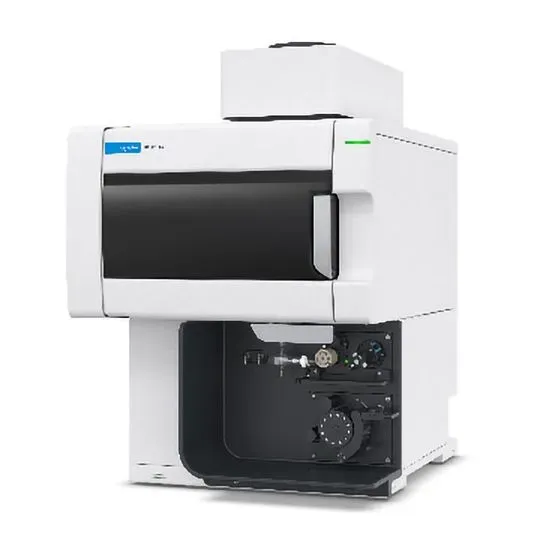
|
Contact : Laetitia Monbaron; Micaela Faria
TOP ^
TECAN (lab 1239)
|
This multimode microplate reader allows to make absorbance, fluorescence, luminescence measurements but also to do cell counting (from photo) or to look at the confluence of cells. The spark also allows via a software to heat to a desired temperature, or to shake the microplates during the measurements (different mode and amplitude). This software allows the best design of the measurement protocols with the possibility to set pause times, to program several measurements in a row, to do kinetics, etc...
Within the laboratory, it is mainly used for biomarker measurements.
|
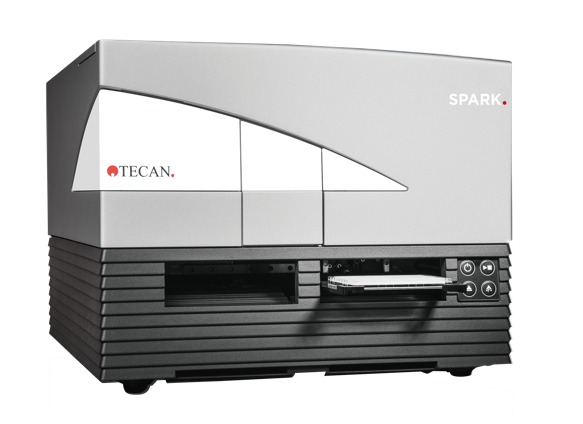 |
Contact : Nathalie Chèvre
For more information : https://lifesciences.tecan.fr/multimode-plate-reader?p=tab--1
TOP ^
TOC-L (lab 1235)
|
The TOC-L Shimadzu measures the concentrations of total carbon (TC), total inorganic carbon (TIC), total organic carbon (TOC) and non-particulate organic carbon (NPOC) in aqueous samples. Measurements are made by high temperature oxidation of the carbon (750°C) and detection of CO2 by an NDIR photometer. Total bound nitrogen (TNb) can also be measured. The instrument is equipped with an auto-sampler that can accommodate 96 samples. About 20 minutes are required to analyze each sample. A minimum sample volume of 20 ml is needed; the detection limit is approximately 0.5 ppm; the instrument gives a linear response over a range of 0 – 100 ppm. Samples must fall within this concentration range or be diluted accordingly by the user.
Additional information in the pdf below.
|
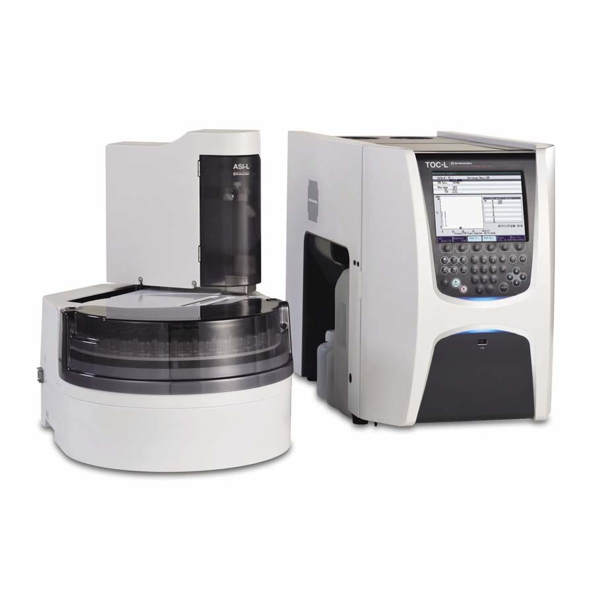 |
Click here to see the disponibilities and use the contact to book an appointment.
VERY IMPORTANT : be sure you know how to handle the device. If not, notify the person in charge in your email.
Contact : Laetitia Monbaron; Micaela Faria
TOP ^
UV-vis Perkin Elmer (lab 1239)
|
This device measures the absorption or transmission of samples at wavelengths of 185 – 900 nm. It can be used for the quantitation of metals by colorimetric methods (e.g., Fe(II) analyzed by the ferrozine assay or Mn(III, IV) analyzed by the leucoberbelin blue assay), the detection of organic molecules (e.g., siderophores), and the measurement of turbidity (e.g., to determine bacterial growth rates or particle settling times). The instrument has linear response until 1 absorbance units. Standard-sized (5 mL) and micro-sized (1 mL) quartz cuvettes with 1 and 10 cm path length are available; the instrument can also be used with disposable plastic cuvettes.
|
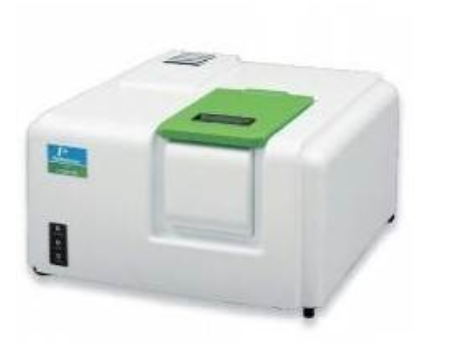 |
Contact : Laetitia Monbaron











